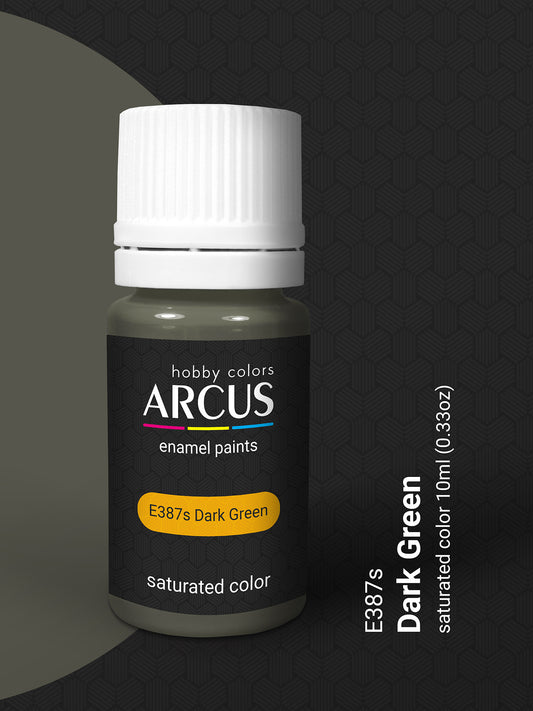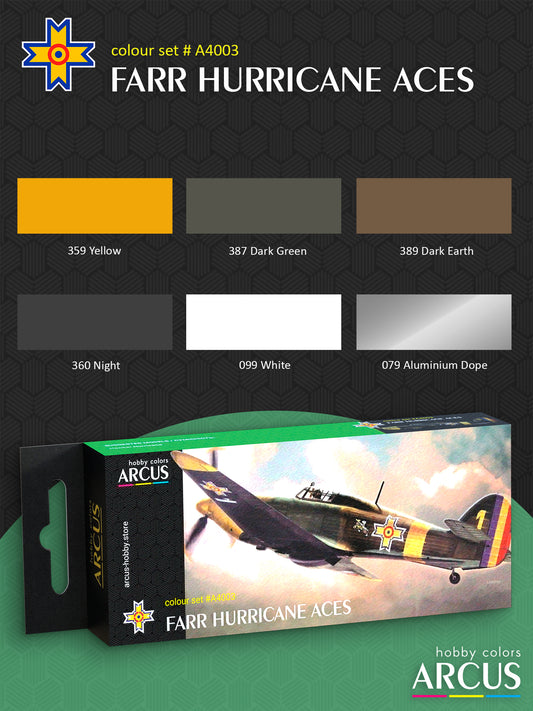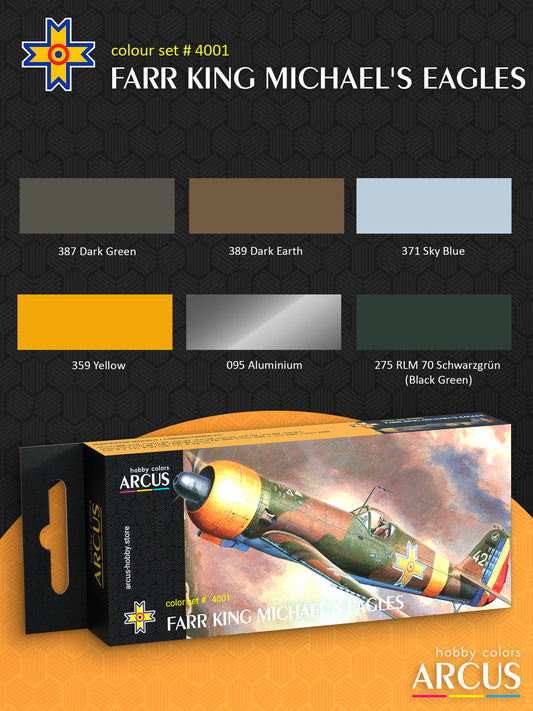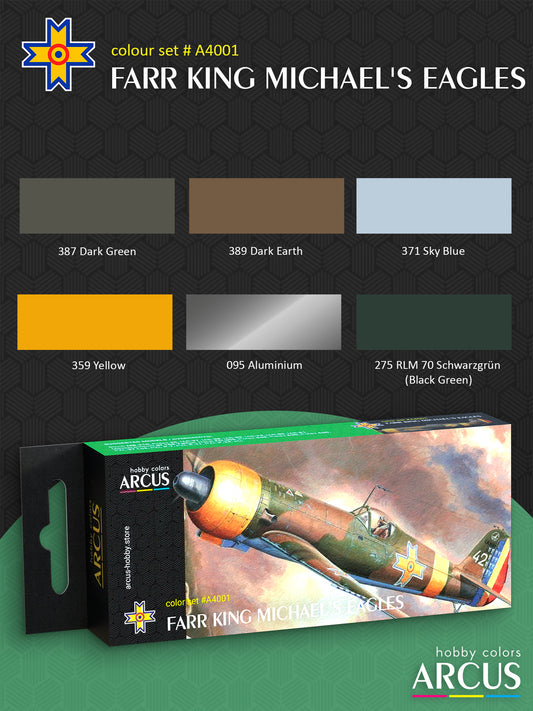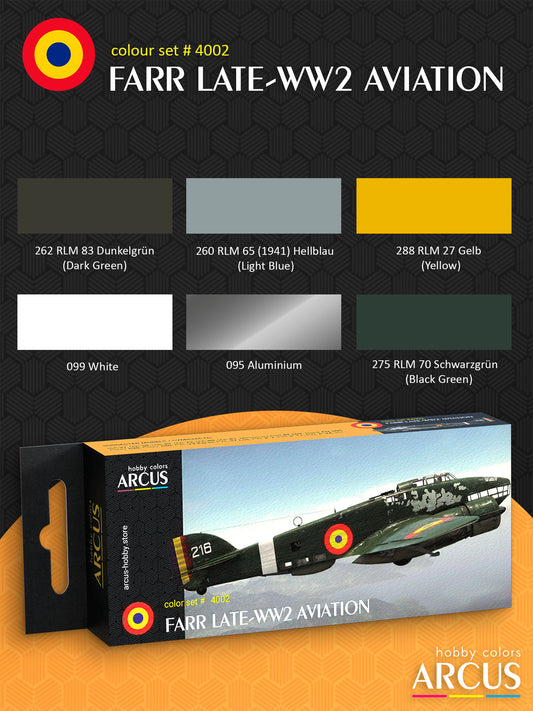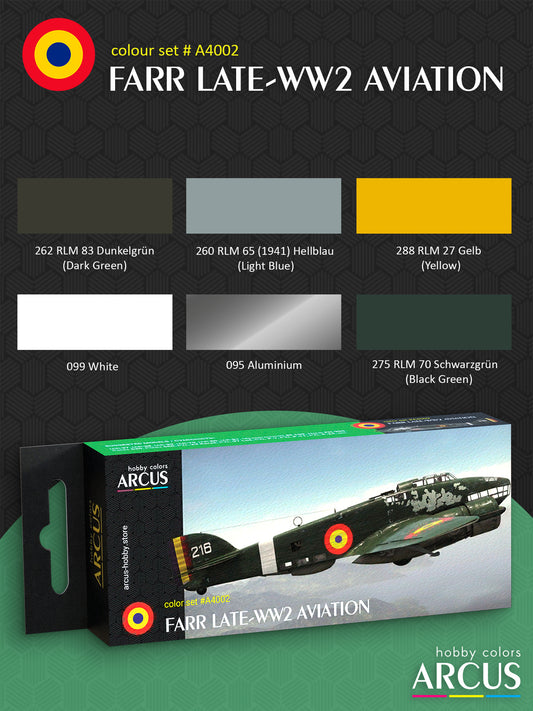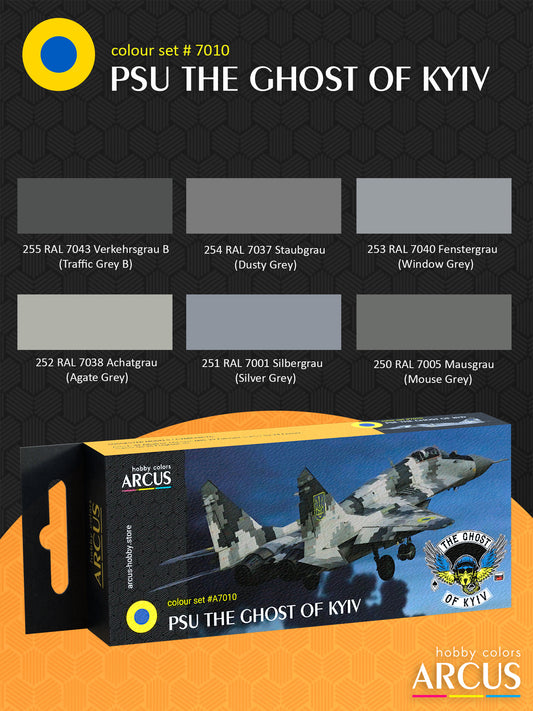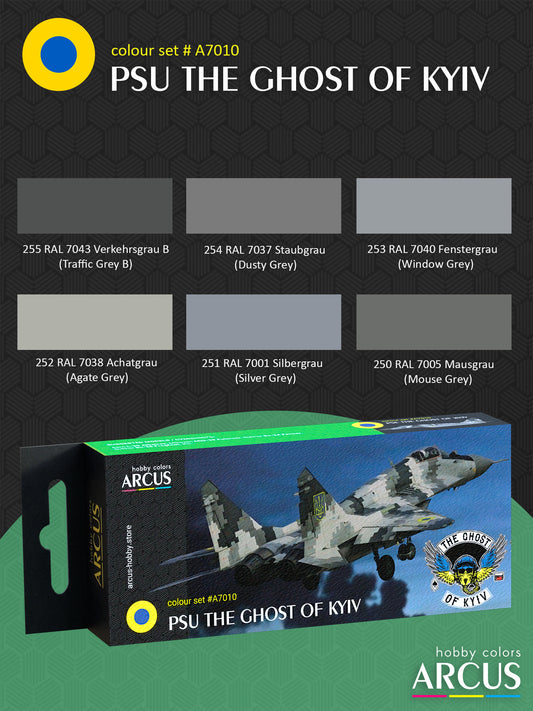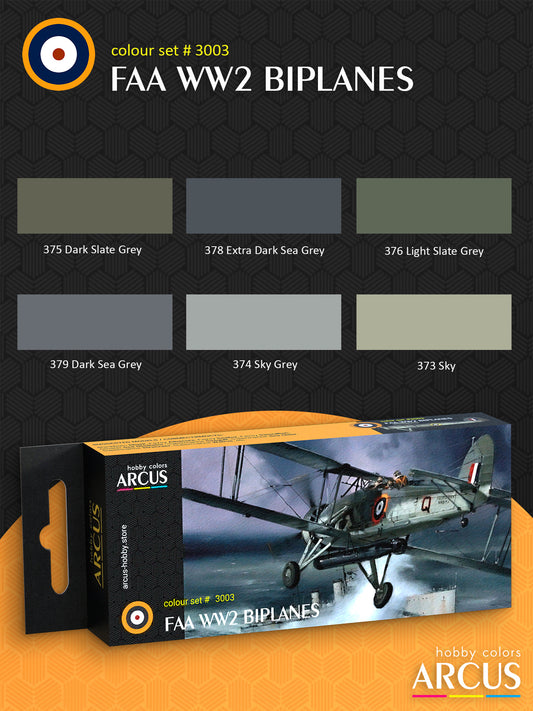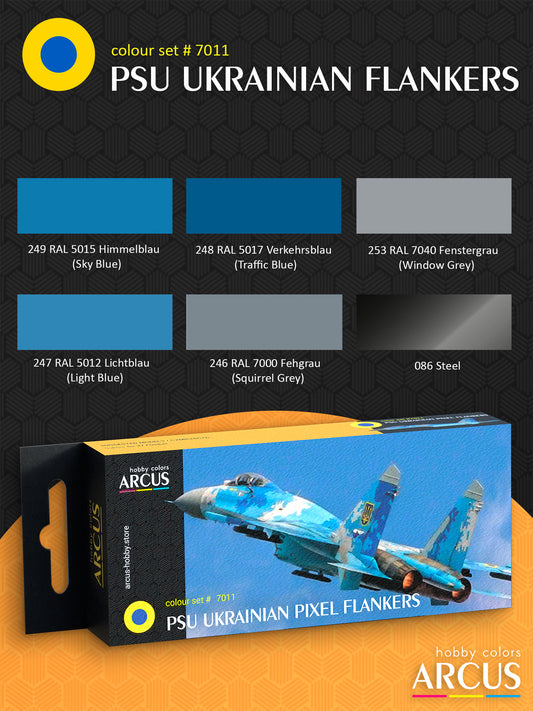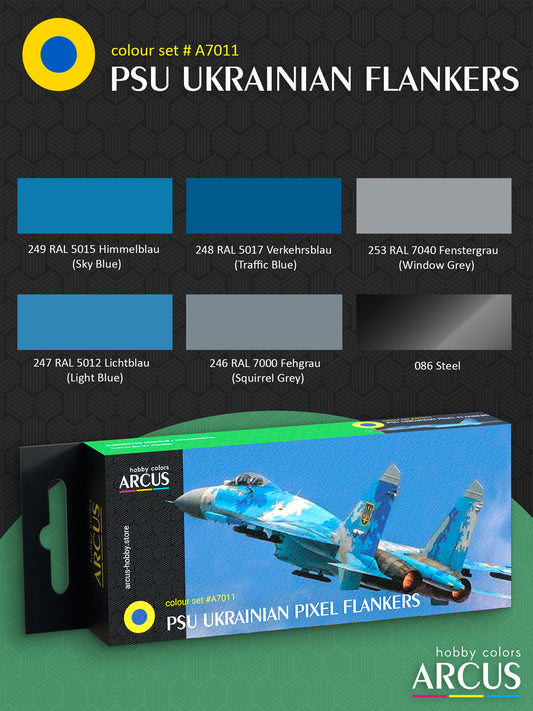During World War II, the Royal Romanian Air Force, officially known as Aeronautica Regală Română, played a crucial role in military operations. Its primary missions included supporting ground forces, conducting reconnaissance, executing bombing raids, and providing air cover.
History of the Royal Romanian Air Force
The Royal Romanian Air Force was officially established on January 1, 1924, evolving from the previous Romanian Air Corps (Corpul Aerian Român) and becoming the country’s primary aerial military force.
Before Romania entered World War II, its air force engaged in skirmishes with the Royal Hungarian Air Force. In response to Hungarian incursions into Romanian airspace, the 51st Fighter Squadron (Escadrila 51 Vânătoare) of the 1st Fighter Flotilla (Flotila 1 Vânătoare), equipped with Heinkel He 112 fighters, was deployed to Someșeni Airfield in Cluj to reinforce the 2nd Fighter Flotilla (Flotila 2 Vânătoare), which was still operating outdated PZL P.11 fighters. On August 28, 1940, Lieutenant Nicolae Polizu-Micșunești shot down a Hungarian Caproni Ca.135 bomber near Berveni while flying his Heinkel.
Throughout World War II, the Royal Romanian Air Force closely collaborated with the Luftwaffe, participating in offensive operations in southern Ukraine and Crimea. After the Battle of Stalingrad, the Luftwaffe's Southern Command was stationed in Bucharest. Romanian and Bulgarian air units conducted joint patrol and reconnaissance missions over the Black Sea. Additionally, the Romanian Air Force was responsible for defending critical oil facilities in Ploiești and Bucharest from Allied bombing raids, as well as escorting Axis convoys in the Black Sea. During these missions, Romanian pilots engaged American and British air forces.
Romanian pilots flew a variety of aircraft, including German and Italian-built planes such as the Messerschmitt Bf 109 and Heinkel He 112, as well as domestically designed fighters like the IAR 80 and IAR 81. Captured enemy aircraft were also used in combat.
After the coup on August 23, 1944, Romania switched sides and joined the Allies. The Romanian Air Force began fighting against German and Hungarian forces in Transylvania and Slovakia. During the battles for Bucharest, Romanian pilots shot down 22 German aircraft, including three Me 323 Gigant transports, and destroyed another five on the ground. From September 4, 1944, until the end of the war, they claimed a total of 101 enemy aircraft destroyed, while losing 30 of their own.
1st Air Corps
The 1st Air Corps (Corpul 1 Aerian) was formed on January 1, 1943, from the existing Air Combat Group (Grupul de Luptă Aeriană). It was Romania’s primary air force unit on the Eastern Front. However, its history did not end with fighting the Soviet Red Army – after Romania switched sides in August 1944, the corps began supporting Romanian and Soviet forces in battles across Transylvania, Hungary, and Czechoslovakia.
The Air Combat Group, established in June 1941, served as Romania’s main air force unit during Operation Barbarossa. It consisted of the 1st and 2nd Fighter Flotillas (Flotila 1 și 2 Vânătoare), the 1st and 2nd Bomber Flotillas (Flotila 1 și 2 Bombardament), and the 2nd Guards Aviation Flotilla (Flotila 2 Gardă Aviație). In total, the unit had approximately 253 combat aircraft.
Pilots of this unit took part in battles over Bessarabia and the Siege of Odesa. During this period, they carried out over 800 combat sorties, claimed over 250 enemy aircraft destroyed, but lost 16 of their own fighters. After the 1941 campaign, the group was disbanded but soon reassembled under the command of General Ermil Gheorghiu. In the fall of 1942, a decision was made for closer cooperation with the Luftwaffe, particularly with Luftflotte 4, to escort German bombers during raids on Stalingrad.
Operating from airfields in Tatsinskaya and Morozovsk, Romanian pilots carried out reconnaissance, fighter, and bombing missions in support of German and Romanian troops engaged in the Battle of Stalingrad. However, the situation quickly deteriorated – following the evacuation of Tatsinskaya, Romanian units returned to Romania, and in December 1942, they were redeployed to Novocherkassk.
On January 1, 1943, the Air Combat Group was reorganized into the 1st Air Corps. After suffering heavy losses at Stalingrad, the corps withdrew through Melitopol, Odesa, Tiraspol, and Mykolaiv, gradually regaining combat readiness. Fighter units were re-equipped with Messerschmitt Bf 109G fighters, bomber units transitioned to Junkers Ju 88 bombers, and reconnaissance squadrons were equipped with Ju 88D-1 aircraft. By June 1943, the corps had fully recovered and moved its headquarters to Mariupol, resuming combat operations on the southern sector of the Eastern Front.
During the fall and winter of 1943, the corps' bombers provided close air support for German and Romanian ground forces, striking enemy positions, while reconnaissance squadrons remained active along the front. However, by early 1944, the 1st Air Corps suffered severe losses and was forced to retreat under pressure from the Soviet offensive, consolidating in Bessarabia. Despite plans to form additional air corps, the only reinforcement received was the 3rd Air Corps (Corpul 3 Aerian), which replaced the depleted 1st Corps at the front.
As of August 23, 1944, both corps remained stationed in Romania, engaged in combat against German forces. The 3rd Corps operated near Slobozia, while the 1st Corps defended the area around Buzău. On October 25, 1944, the 3rd Corps was merged with the 3rd Air District, leaving the 1st Corps as Romania’s primary air combat unit.
After Romania joined the Allies on September 9, 1944, the 1st Air Corps was placed under the command of the Soviet 5th Air Army. Romanian pilots now fought alongside the Red Army, providing air support for its advancing troops. By October 25, the corps fielded 14 squadrons and approximately 176 aircraft. As Soviet and Romanian forces pushed westward, the corps continued receiving reinforcements and new assignments. The final major test came during the last offensive in Czechoslovakia. By May 18, 1945, Romanian aviators had flown over 100 combat sorties, contributing to the destruction of 176 enemy aircraft.
In the summer of 1945, units of the corps took part in aerial demonstrations over Bratislava and Wiener Neustadt, before returning to Romania between July and August.
Camouflage of the Royal Romanian Air Force in World War II
Before World War II, Romania purchased aircraft from Germany, Poland, France, Canada, and Italy. Most imported aircraft retained their original camouflage patterns.
For example, the Heinkel He 112 fighters in Romanian service were delivered in either solid gray or green camouflage. The Messerschmitt Bf 109E followed the standard Luftwaffe color schemes of the time. In 1942, Romania began receiving the Messerschmitt Bf 109G, which was delivered in the two-tone gray camouflage that had become standard for the Luftwaffe since 1941. Bombers such as the Heinkel He 111 and Junkers Ju 87 also retained their original German camouflage upon delivery.
Aircraft supplied to Romania from Great Britain retained their British camouflage patterns. These planes were painted in the "Temperate Land Scheme," the standard Royal Air Force camouflage pattern since 1938.
Italian aircraft, including the Savoia-Marchetti SM.79 bombers delivered to Romania, kept their Italian camouflage schemes. The most common patterns featured sand, green, and brown colors, effective for operations in southern Europe and North Africa.
Aircraft acquired from Poland retained their original Polish camouflage. Meanwhile, at the IAR factory in Brașov, Romania, licensed production of the PZL P.11F fighter continued, and these aircraft were painted in the standard camouflage used by the Royal Romanian Air Force. Between 1939 and 1941, Romanian aircraft were painted with colors supplied by the British company Cellon, matching Royal Air Force colors: Dark Earth, Dark Green, and Sky Blue. However, after Romania joined the Axis, British paint supplies were cut off, and the country switched to using paints from the German company Herbig Haarhaus. Camouflage schemes changed accordingly—aircraft upper surfaces were now painted entirely green, while the undersides remained blue but with a different shade.
In the spring of 1941, like all Axis air forces on the Eastern Front, Romanian military aircraft received yellow identification markings: wingtips, engine cowlings, and a fuselage band. Later, many aircraft had their upper cowlings repainted in camouflage colors. However, this modification was not consistently applied, and on some aircraft, particularly the IAR 80 and IAR 81, the yellow cowling remained longer.
In September 1944, after Romania switched sides to join the Allies, all yellow quick-identification markings were repainted white, and the Michael’s Cross insignia was replaced with roundels in the colors of the Romanian flag, similar to those used before 1941.
Color Standards of the Royal Romanian Air Force
Since the Royal Romanian Air Force operated aircraft of various origins, their camouflage colors generally followed the standards of the manufacturing country. German aircraft were painted according to RLM specifications, British aircraft followed MAP standards, and Polish aircraft retained the factory-applied camouflage from PWS and PZL.
For domestically produced Romanian aircraft built at the IAR factory in Brașov, they were painted in original British MAP colors until 1941. However, from 1941 until the end of World War II, Romanian-built aircraft adopted export versions of RLM colors, supplied by Germany.







